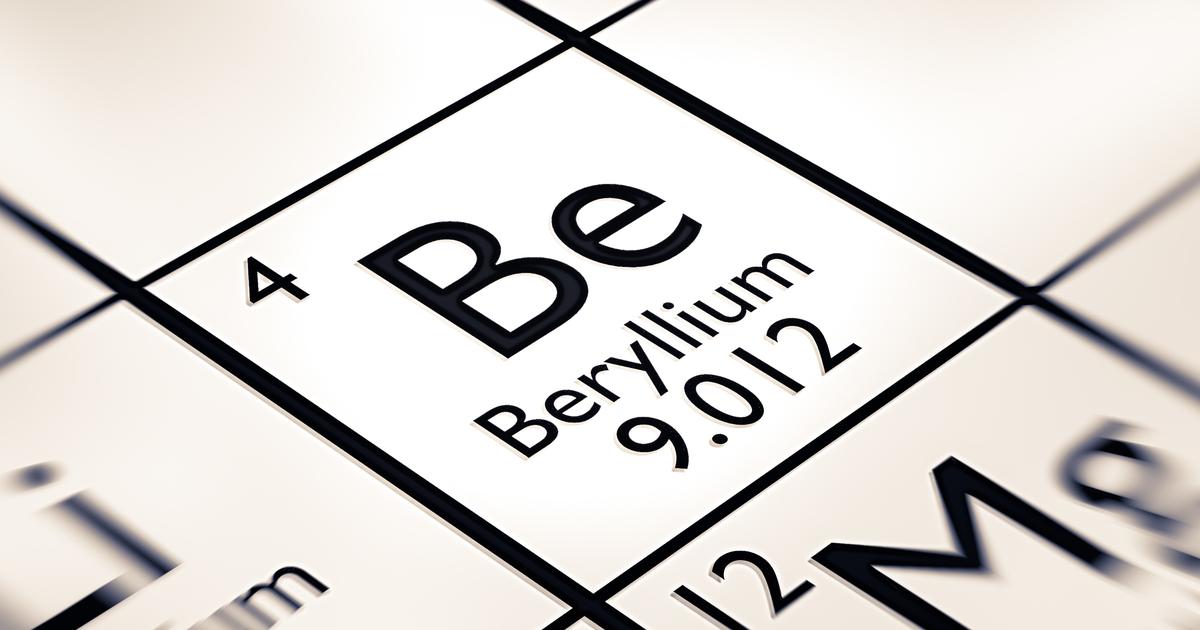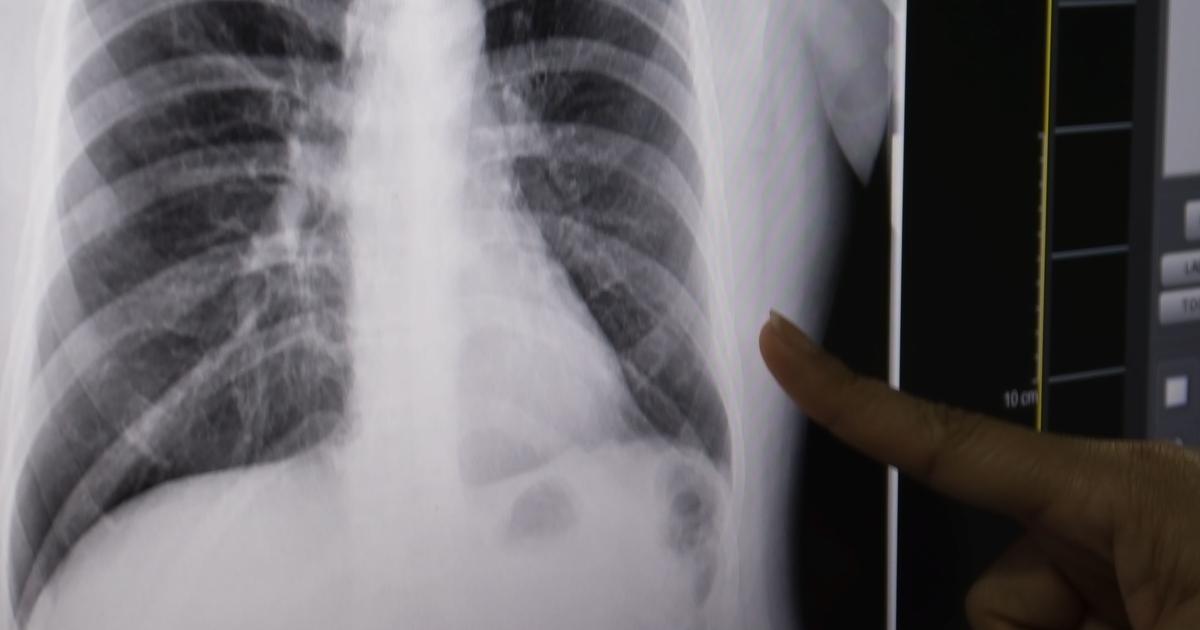What Are The Types Of Pneumoconiosis?
Black Lung Disease
Black lung disease or CWP is a form of pneumoconiosis that occurs when an individual inhales graphite or coal dust for an extended period. Individuals who have occupations involving loading and stowing coal for storage, milling or mining graphite or coal, manufacturing of carbon black, and manufacturing of carbon electrodes are commonly affected by black lung disease. The lungs of these patients appear black rather than the pink coloring in healthy individuals. A coal macule or combination of macrophages and coal dust commonly develops in the lungs of those with black lung disease. These types of macules progress into coal nodules that are often large enough to stop or hinder the normal flow through the airways in the lungs. A common complication of black lung disease is cor pulmonale or right-sided heart failure. The right side of the heart is responsible for the pumping of blood into an individual's lungs. Because of the scarring and damage caused by black lung disease, the affected individual's heart has to work harder to pump blood through their impaired lungs. While no treatment has been effective for black lung disease, its complications can often be treated.
Learn more about what types of pneumoconiosis exist now.
Berylliosis

Berylliosis or beryllium disease is a type of pneumoconiosis that results from the inhalation of fumes or dust containing a substance called beryllium. Individuals who mine, extract, and transport beryllium for use in the manufacturing of fluorescent light bulbs, the electronics industry, and chemical industry are often affected by berylliosis. Individuals who have an occupation that includes the refining or casting of beryllium for use in the aerospace industry are also commonly affected. Berylliosis is one of the less common forms of pneumoconiosis because it only occurs in individuals who are sensitive to the substance. However, even the briefest exposure to beryllium dust can cause a beryllium-sensitive individual to develop berylliosis. Berylliosis can develop suddenly, or more commonly over an extended period. Berylliosis is a progressive disease that causes significant damage to a patient's lung structure and function. The heart of affected individuals often becomes overworked and strained, which results in right-sided heart failure or cor pulmonale. Treatment of berylliosis typically includes the use of corticosteroids, supplemental oxygen, pulmonary rehabilitation, heart failure medications, and lung transplantation in severe cases.
Uncover more details on the types of pneumoconiosis now.
